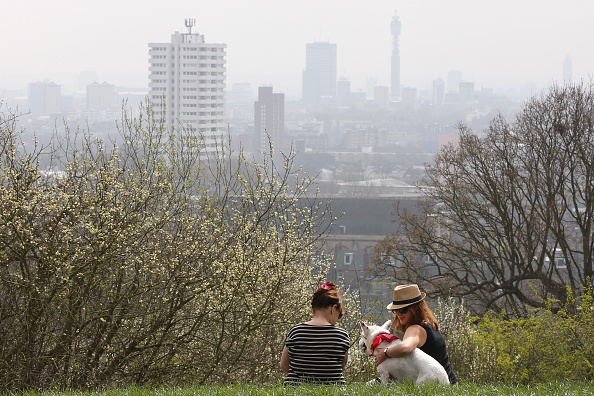Londoners need homes – and a full review of green belt land

Building more homes is not just common sense, but good business sense too.
London needs more homes to keep talent here and to maintain social cohesion and diverse communities.
This is not a controversial view. Londoners know that we are in the grip of a housing crisis: a YouGov survey commissioned by London First and Grosvenor last year showed that 74 per cent of Londoners agree that there is a shortage of homes in the capital.
Our city needs to build an estimated 65,000 homes each year to meet demand, and while the solutions are at one level obvious – we need more money, more land, and better ways of building – they require a laser-like focus and strong political leadership to deliver.
At London First, we have long called for a review of London’s green belt to free up more land for high-quality new homes. Of course, we need to protect the capital’s green spaces, but much of the land that is currently safeguarded at all costs falls far short of the images of rolling green fields that are conjured up in people’s minds when the green belt is discussed.
We are talking about brownfield land in accessible locations that happen to be in the green belt. There is nothing green and pleasant about a disused car-wash.
But that’s our view – and we wanted to know what Londoners felt. How do they view the green belt? What do they understand it to be? How do they feel about using a small portion of it to build more homes close to stations into London?
Originally designed to prevent urban sprawl, London’s green belt covers a range of uses and quality, from beautiful parks to derelict buildings, from farmland to car-washes and rubbish dumps.
Politicians often raise the rallying cry of “no development on the green belt”, but we were keen to find out if that’s really the public attitude, so commissioned an independent “citizens’ jury” to find out.
A group of 12 Londoners, reflecting the capital’s population, were recruited to participate in a two-day intensive process. They explored the facts and heard from expert witnesses on both sides of the argument, including a local councillor and an MP, who spoke of the impact of housing in their communities, as well as representatives from the Campaign to Protect Rural England, who oppose any building on the green belt.
At the start of the process, the jurors had a limited understanding of what the green belt is, the restrictions it imposes, and the land that falls within it. After hearing from witnesses over two days, they overwhelmingly backed locally-led reviews on development by 11 to one.
Interestingly, the jury had strong views on what those reviews should encompass. They were adamant that homes built on the green belt should be affordable and well-supported by infrastructure. They also backed the idea of “swaps”, allowing green spaces to be newly designated while taking out low-quality and brownfield sites.
But overall, they were clear that the green belt rules are outdated, and that it is time to look again to see what role this land can play in tackling London’s housing shortage.
It should be possible to maintain the concept of the green belt around London, while taking a serious look at land within it to find the parts that are of poor environmental quality and of little or no public benefit but are well-connected to the city.
As a former mayor and a London MP, Boris Johnson knows the housing challenges facing those in the capital only too well. He has pledged to review all aspects of planning in order to boost housebuilding; this must include the green belt.
Our research shows that the knee-jerk aversion to looking again at developing this land does not reflect what Londoners actually think. If we are to ensure that London is an affordable place for diverse communities to live and work for years to come, the green belt must not be overlooked.
Main image credit: Getty